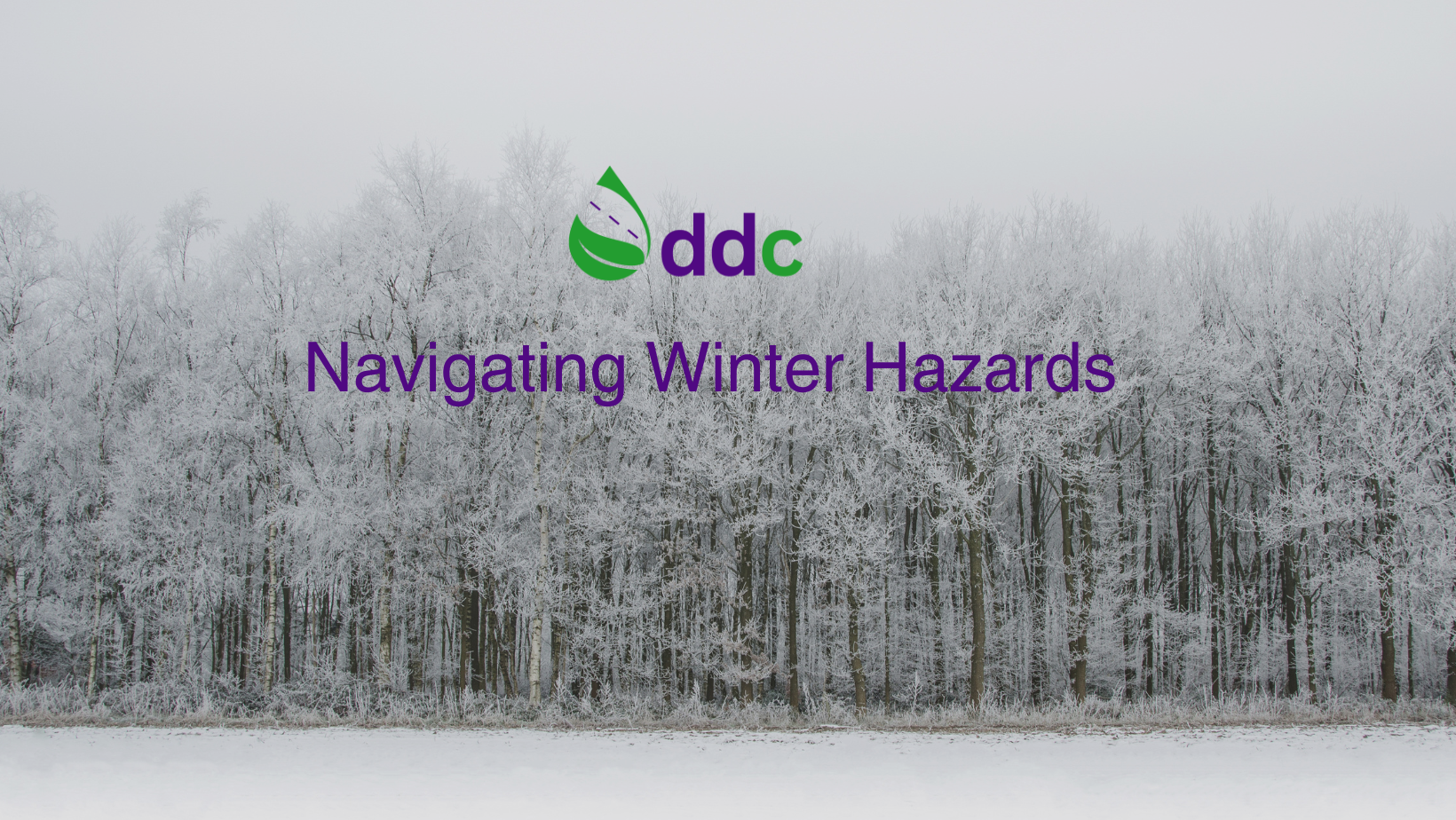Navigating Winter Hazards: A Guide to Health and Safety on Highways
 As winter blankets the landscape with snow and ice, the challenges of working on highways become more pronounced. The combination of low temperatures, slippery surfaces, and reduced visibility poses significant risks to the health and safety of those who brave the elements to keep our roads clear and safe.
As winter blankets the landscape with snow and ice, the challenges of working on highways become more pronounced. The combination of low temperatures, slippery surfaces, and reduced visibility poses significant risks to the health and safety of those who brave the elements to keep our roads clear and safe.
The first line of defense against winter hazards is proper attire. Workers should wear layered clothing to stay warm, including waterproof and wind-resistant outer layers. Insulated gloves, hats, and thermal socks are essential for protecting extremities from frostbite. High-visibility clothing remains crucial, especially in low-light conditions, to enhance worker visibility and reduce the risk of accidents.
Slippery surfaces pose a constant threat during winter, making appropriate footwear critical. Workers should wear insulated, slip-resistant boots with good traction to prevent slips and falls. Encourage the use of ice cleats in areas with high ice accumulation to further reduce the risk of accidents.
Cold temperatures increase the risk of hypothermia and dehydration. Encourage workers to take frequent breaks in heated areas to warm up and stay hydrated. Provide access to warm beverages, as maintaining proper hydration is as crucial in winter as it is in the heat of summer.
Regular maintenance of equipment is imperative during winter. Cold temperatures can affect the performance of machinery, so a thorough pre-operational check is essential to avoid breakdowns and accidents.
Equip workers with knowledge and tools for emergency situations. Ensure that first aid kits are readily available, and that workers are trained in basic winter emergency response procedures. Implement an emergency communication system to quickly address and respond to unforeseen incidents.
Winter weather introduces a unique set of challenges for those working on highways. By prioritizing health and safety through proper attire, equipment maintenance, communication, and emergency preparedness, we can create a safer working environment for those tasked with keeping our roads safe during the winter months. As we navigate the cold and icy conditions, let’s ensure that the well-being of highway workers remains a top priority.

